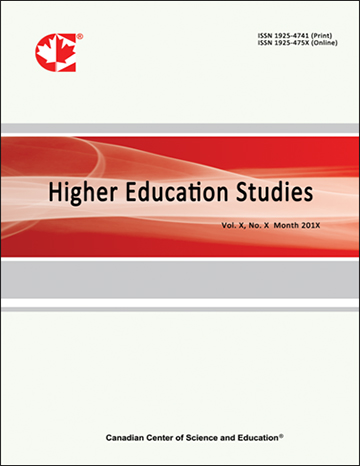Understanding the Impact of COVID-19 on Students in Institutions of Higher Education
- Tracy E. K. Davis
- Amanda E. Sokan
- Afsara Mannan
Abstract
United States institutions of higher education (IHEs) transitioned to online learning in response to the COVID-19 pandemic, and guidelines to reduce risk of spreading or contracting the disease. This large scale, impromptu transition to online learning had implications for students, and IHEs. This study used a survey design to explore the impact of the COVID-19 pandemic on students in IHEs, including the impact of the move to online learning on students learning and well-being. Recruitment focused on college students in IHEs, with a sample drawn from 17 IHEs across America (n = 501). We developed a 91-question survey, to collect information regarding impact of COVID-19, and pandemic-related transition to online learning on participants, as well as participants’ well-being. We measured student well-being using the following measures: the Generalized Anxiety Disorder Assessment (GAD-7), the patient Health Questionnaire (PHQ-9), Perceived Social Support scale (PSS), and Multidimensional Scale of Perceived Support (MSPSS). Students with disruptions to online learning were likely to be more stressed, and more anxious. About 88% of students reported facing disruptions to online learning from family members, friends, or pets. Overall, students reported moderate to high levels of stress, anxiety, and depression. And, relatively low levels of perceived social support. The impact of COVID-19 on college students and student learning are multifactorial and represent a combination of benefits and burdens. It is imperative that we take lessons learned for this pandemic and apply it to future learning.
- Full Text:
 PDF
PDF
- DOI:10.5539/hes.v13n2p20
Index
- AcademicKeys
- CNKI Scholar
- Education Resources Information Center (ERIC)
- Elektronische Zeitschriftenbibliothek (EZB)
- EuroPub Database
- Excellence in Research for Australia (ERA)
- Google Scholar
- InfoBase
- JournalSeek
- Mendeley
- Open Access Journals Search Engine(OAJSE)
- Open policy finder
- Scilit
- Ulrich's
- WorldCat
Contact
- Sherry LinEditorial Assistant
- hes@ccsenet.org
